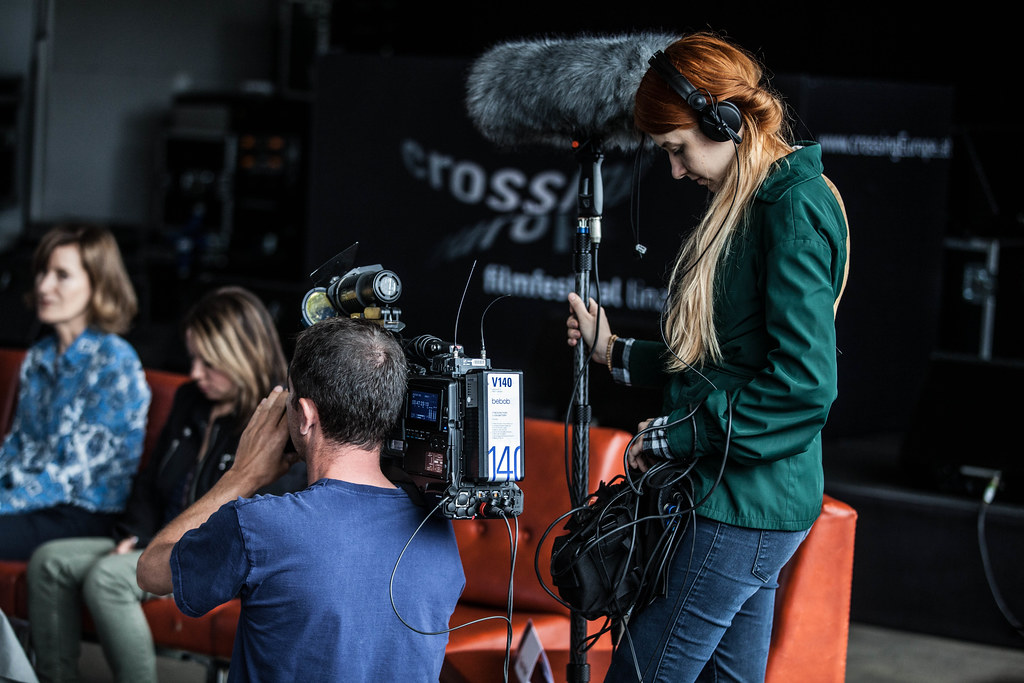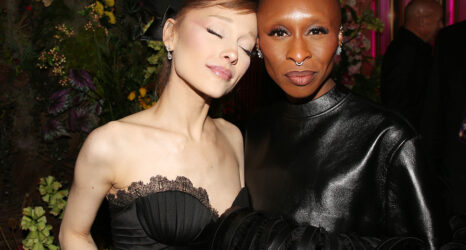“You have to see it to be it” appears prominently on the website of tennis legend Billie Jean King, who changed tennis forever—and advanced women’s sports in general—fighting for equal pay and equal recognition for female players. She has used the quote as a guiding principle for women and girls since the 1970s.
Fast-forward to 2019, and a paraphrased and cheekily trademarked version of King’s mantra appears on the webpage of an initiative called SeeHer: “We believe that if you can see her, you can be her.”

SeeHer is a project led by the Association of National Advertisers (ANA) and cofounder Shelley Zalis. Pointing out that “an unconscious bias persists” despite some strides made to accurately portray women and girls in media, SeeHer’s mission is to make systemic change. The project builds on earlier work by the Geena Davis Institute on Gender in Media (Davis is on SeeHer’s advisory board) that created the Geena Davis Inclusion Quotient (GD-IQ), a software tool for analyzing gender representation in entertainment media.
In a study of 2,000 ads from 2006 to 2016, the GD-IQ electronically analyzed screen and speaking time of characters down to the millisecond, revealing unconscious bias not visible to the human eye. The study found there were roughly twice as many male characters as female characters in on-screen ads. Plus one-quarter featured men only, and men had three times as much dialogue.
SeeHer adds to this research with a Gender Equality Measure (GEM) for scoring consumer reaction to female images in advertising, and whether that translates to increased favorability for the product. On the SeeHer website, consumers are asked how much they agree or disagree with four statements used to compile a GEM score:
- I think highly of the way women are presented.
- Women are presented in a respectful manner.
- It is inappropriate how women are featured.
- Women are presented in a manner where they can be seen as good role models for other women and young girls.
The GEM score is used to track progress and the marketing effect of removing bias. The goal: increase accurate representation of women and girls by 20 percent in 2020.
A recent study of the effects of more female-positive portrayals focused on ads produced by six SeeHer member companies. According to the ANA, the results demonstrated a direct relationship between higher GEM scores and improved sales. When ads with the highest scores appeared during TV programs that also had high GEM scores, the resulting sales numbers were even higher.
Clearly the goal for Davis and SeeHer cofounder Zalis is to change advertiser habits as one way to improve the lives of women. Zalis’ website, The Female Quotient, points out: “60 percent of women believe that stereotypes personally impact their career, their life or both.”
Of course the target for advertisers is a bit different—namely the bottom line. Will consumers buy more cosmetics, beer, chocolate or cereal if the company’s ad depicts women and girls realistically instead of stereotypically? The research says yes, member companies appear to be doing well while doing good.
Advertiser motivation notwithstanding, if these efforts can advance King’s goal of “see it to be it” by changing the age-old paradigm still replete with sex objects, prissy school teachers or June Cleavers mopping the floor in high heels, we have two words: “About time!”

This article originally appeared in the Fall 2019 issue of Ms.
Become a member today to read more reporting like this in print and through our app.





